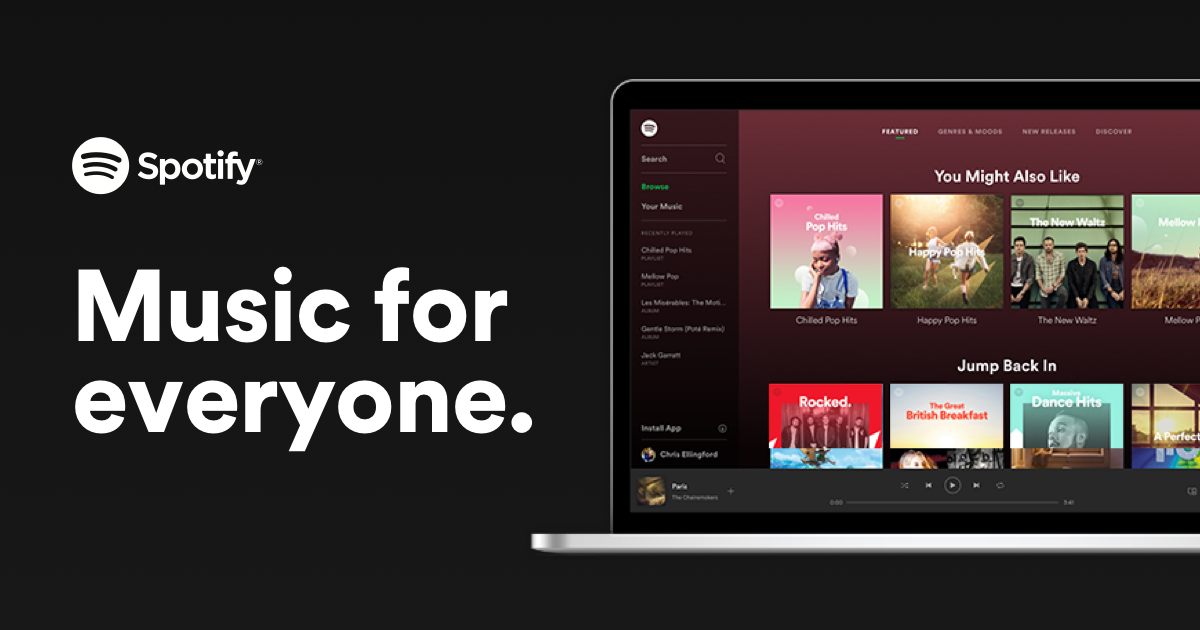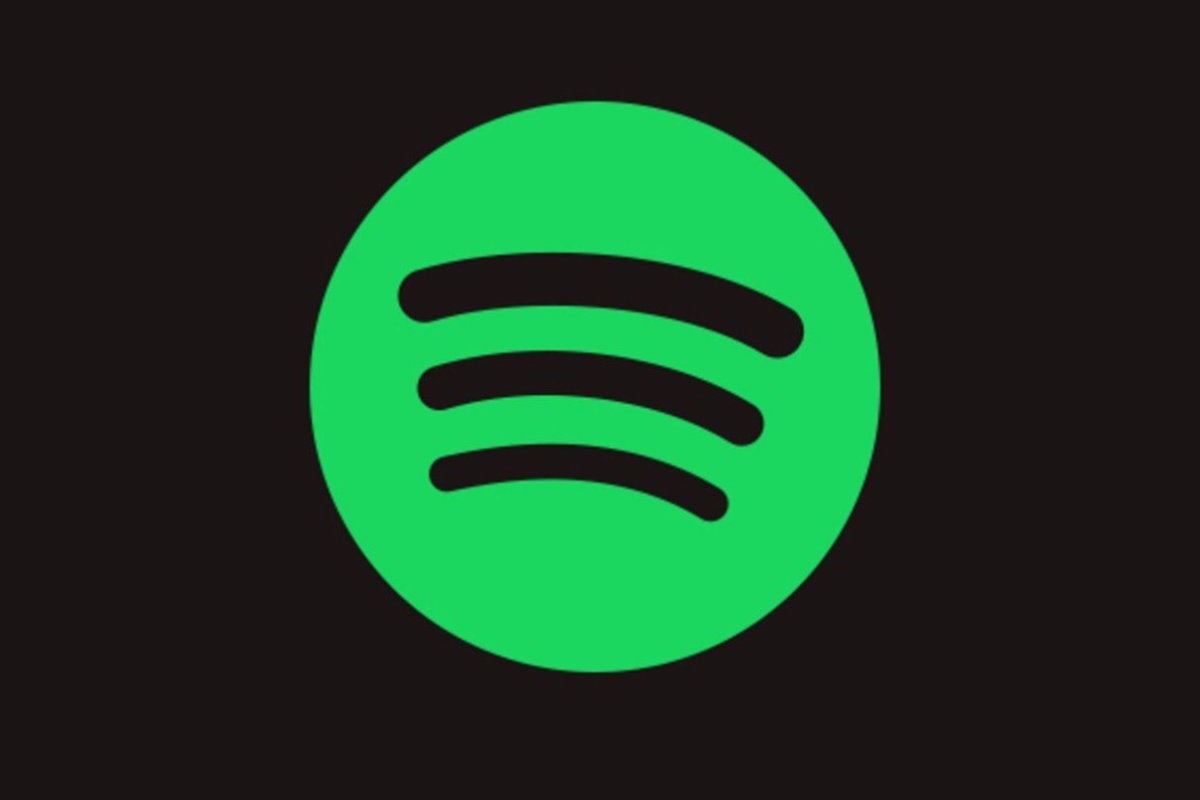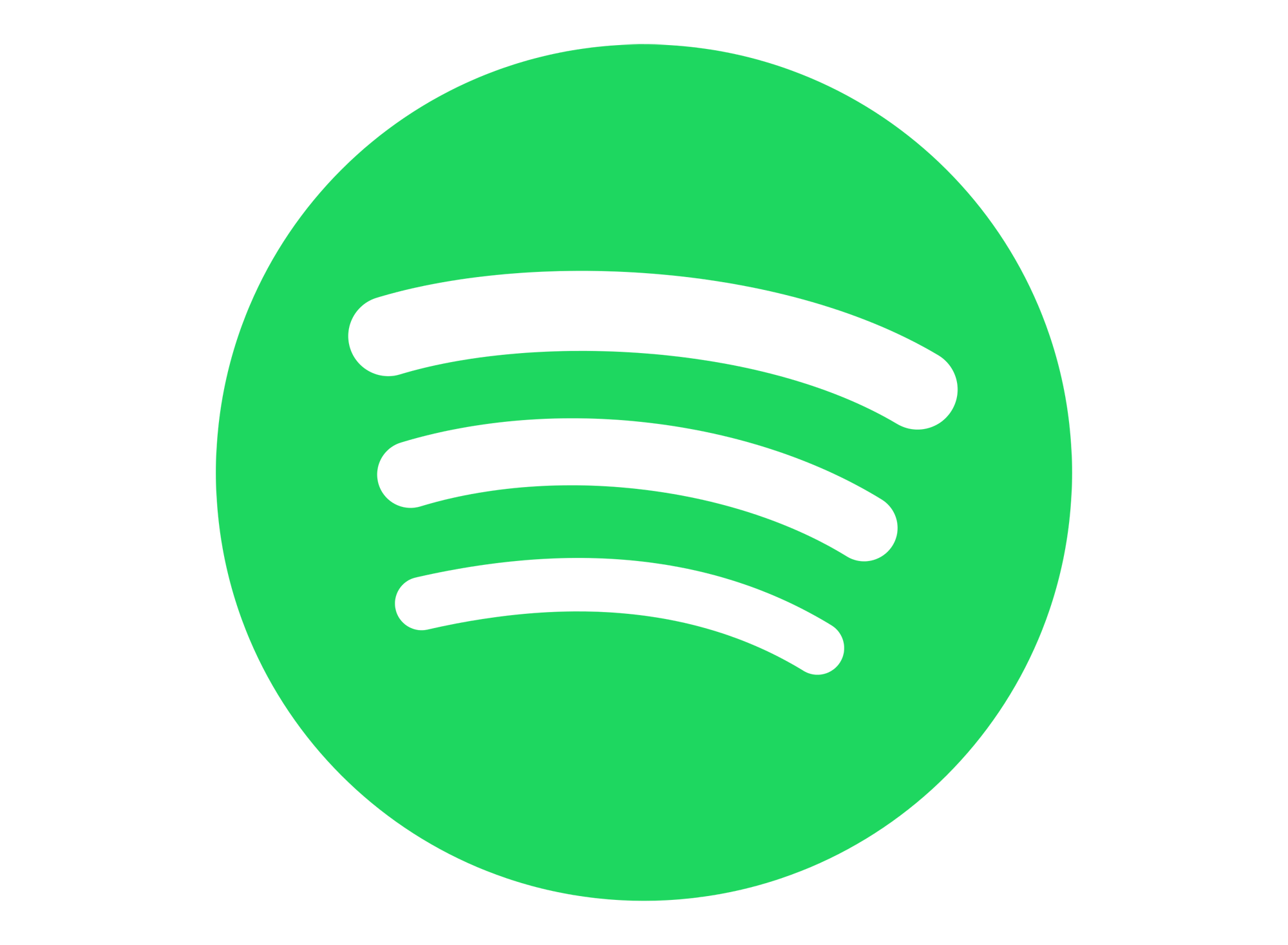Many of us love having our favorite tunes along for the drive, and Spotify has become a go-to for countless listeners, that is for sure. Yet, sometimes the dedicated Spotify Car Thing might not quite fit what you need, or maybe you are just curious about other ways to manage your music on the road. Perhaps you've faced frustrations with the Spotify app itself, like it closing unexpectedly on your console, or perhaps dealing with those pesky ads if you are on the free plan, so you are looking for a smoother way to enjoy your tunes while driving, or maybe even avoid some of those country access issues that pop up now and then. This article looks at different options that can make your in-car music experience much better.
You might want something that works with your car's existing setup, or maybe you are thinking about adding a new gadget. There are many paths to take when you want to stream Spotify in your vehicle, and some of them might surprise you with how easy they are to set up. We're going to explore a bunch of methods, from using what you already have to considering some clever add-ons, basically giving you a good look at all the choices.
Choosing the right way to listen to Spotify in your car means thinking about what your vehicle already offers, how much you want to spend, and how much control you want over your music. It is more or less about finding what makes your drive more enjoyable and less about struggling with technology. Let's see what else is out there to help you keep the music playing without a hitch, in a way that works for you.
Table of Contents
- Why Look Beyond the Car Thing?
- Your Smartphone: The Obvious Starting Point
- Integrating with Your Car's Built-in Systems
- Dedicated Car Audio Upgrades
- Clever Gadgets for Older Vehicles
- Voice Control Devices
- Exploring Other Music Sources
- Frequently Asked Questions (FAQs)
Why Look Beyond the Car Thing?
The Spotify Car Thing was a device made specifically for Spotify in your car. It had a small screen and a dial to help you pick songs. However, it did not work for everyone, and some people wanted more from their car music setup. For instance, the screen might have been too small for some eyes, or the controls just felt a bit limited for what they wanted to do. In some respects, people wanted something that could do more than just Spotify.
Some users might have found the Car Thing's reliance on a phone to be a bit of a bother, as it still needed your phone to do the actual streaming. This meant your phone was still doing most of the work, and the Car Thing was just a remote. So, you know, it was not completely standalone, which some people might have preferred. There are also situations where people want a solution that is more integrated into their car's existing systems, rather than adding another separate device to the dashboard.
The device also had its own power needs and connection requirements, which could add to the clutter in a car. For many, a simpler setup that uses existing car features or a single, more capable device is a better fit. This is why looking at other ways to get your Spotify fix in the car makes a lot of sense, as a matter of fact. There are solutions that feel more natural and less like an add-on, which is what many drivers seek.
Your Smartphone: The Obvious Starting Point
Your smartphone is probably the easiest and most common way to play Spotify in your car. It has the app, your playlists, and all your settings right there. You just need a way to connect it to your car's sound system. This is often the first thing people try, and for good reason, since most people already have a phone.
Bluetooth Connections
Most modern cars have Bluetooth built in. This lets your phone connect wirelessly to the car's speakers. You just pair your phone once, and then every time you get in the car, it connects automatically. This means you can keep your phone in your pocket or a holder, and the music plays through the car speakers. It is a very convenient method, and pretty much standard in cars made in the last decade or so.
Controlling the music is also simple with Bluetooth. You can usually skip songs or adjust volume using buttons on your steering wheel or the car's dashboard controls. This keeps your hands on the wheel and your eyes on the road. So, it is a safe way to handle your music while driving, and many people find it to be the best option for ease of use. It really does make a difference when you don't have to fiddle with your phone.
AUX Input MethodsIf your car is a bit older and does not have Bluetooth, it might have an AUX input jack. This is a small round hole where you can plug in a cable from your phone's headphone jack. The cable sends the audio signal directly to the car's speakers. It is a simple, direct connection that works with almost any phone, assuming your phone still has a headphone jack, or you have an adapter.
Using an AUX cable means you have a physical connection, which can be good for sound quality and reliability. There are no wireless dropouts to worry about. However, you will need to control the music directly on your phone, as the car's controls typically won't work with an AUX connection. This is a trade-off for the simplicity of the setup, and it's something to consider if you want to keep your hands free, you know.
USB Connectivity
Many cars also have USB ports. When you plug your phone into a USB port, it can do a few things. Some cars will simply charge your phone, which is handy. Others will recognize your phone as a music source, allowing you to play Spotify through the car's system. This can be a bit like an AUX connection but might offer better sound or even some control through the car's screen.
With some USB connections, especially in newer cars, the car's infotainment system might display your Spotify app directly on its screen. This offers a more integrated experience, similar to Apple CarPlay or Android Auto, which we will discuss next. It also keeps your phone charged, which is always a plus on a long drive, as a matter of fact. So, it's a dual-purpose connection.
Integrating with Your Car's Built-in Systems
For a truly seamless experience, using your car's built-in smart systems is often the way to go. These systems are made to work with your phone and apps in a way that is safe and easy to use while driving. They put your phone's functions right onto the car's screen, which is quite handy.
Apple CarPlay and Android Auto
Apple CarPlay and Android Auto are probably the best ways to get Spotify on your car's screen. You plug in your iPhone or Android phone (or connect wirelessly in some newer cars), and a car-friendly version of your phone's apps appears on the car's display. Spotify is fully supported on both, giving you a big, easy-to-use interface.
These systems let you control Spotify with touch, voice commands, or your car's physical buttons. You can browse playlists, search for songs, and manage playback without ever looking at your phone. This makes driving much safer and more enjoyable. It's almost like having a giant tablet built into your dashboard, just for your phone's apps, and it's pretty much a standard feature in many cars today.
Vehicle Manufacturer's Own Apps
Some car makers have their own app ecosystems or partnerships that allow Spotify to be integrated directly into the car's infotainment system, without needing CarPlay or Android Auto. This is less common than the universal phone mirroring systems, but it does exist in some vehicles. You might find Spotify listed as an app you can download directly onto your car's system.
These integrations can offer a very deep level of control, as they are custom-made for the car's specific hardware and software. The experience can feel very polished and native. However, if you switch car brands, you might find that the integration works differently or is not available. So, it is something to check for your specific vehicle model, you know, before you count on it.
Dedicated Car Audio Upgrades
If your current car audio system does not meet your needs, or if you have an older car, upgrading the head unit can open up a world of possibilities for Spotify and other music sources. This can be a bigger investment, but it often provides a much better experience. It is essentially giving your car a new brain for its sound system.
Aftermarket Head Units
An aftermarket head unit is a replacement for your car's stereo. Many of these units come with Apple CarPlay and Android Auto built in, even if your car did not have them originally. They also often have better sound quality, more connection options, and larger, more responsive touchscreens. You can find units that are specifically designed to work well with Spotify.
Installing a new head unit can be a project, but it is a popular upgrade for car enthusiasts and anyone wanting modern features in an older vehicle. You get a central control point for all your audio, navigation, and communication needs. It is a pretty comprehensive solution that transforms your car's dashboard, making it feel much more up-to-date, honestly.
Smart Displays and Dash Mounts
Beyond replacing the whole stereo, you can also add a smart display that sits on your dashboard. These are essentially portable screens that run Apple CarPlay or Android Auto. They connect to your phone and then send audio to your car's speakers through Bluetooth, an AUX cable, or even an FM transmitter. This is a good middle ground if you do not want to replace your car's existing head unit.
These dash-mounted displays offer a large screen for Spotify and other apps, making it easy to see and control everything. They are also relatively easy to install, usually just needing power from your car's cigarette lighter or a USB port. It is a simple way to get modern smartphone integration without a lot of hassle, and you can usually move them between cars if needed, which is a nice touch.
Clever Gadgets for Older Vehicles
For cars that lack modern connectivity options, there are still ways to get Spotify playing. These gadgets are often affordable and simple to use, making them great for older models that might not have Bluetooth or AUX inputs. They bridge the gap between your phone and your car's older audio system.
FM Transmitters
An FM transmitter plugs into your car's cigarette lighter or power outlet. You connect your phone to the transmitter via Bluetooth or an AUX cable. The transmitter then broadcasts your music on a low-power FM radio frequency. You tune your car's radio to that frequency, and your Spotify music plays through the car speakers. It is a bit like having your own mini radio station in your car.
The sound quality with FM transmitters can vary, depending on how much interference there is in your area. You might need to find a clear frequency to get the best sound. However, they are very inexpensive and work in almost any car with an FM radio, making them a popular choice for older vehicles. It is a straightforward way to get your digital music into an analog car, if that makes sense.
Portable Bluetooth Speakers (as a last resort)
While not ideal for a truly integrated car audio experience, a portable Bluetooth speaker can serve as a last-resort option. You connect your phone to the speaker, and the speaker plays your Spotify music. You just place the speaker in your car, perhaps in a cup holder or on the passenger seat. This works if your car has no other way to play music from your phone.
The main drawbacks are that the sound quality will depend on the speaker, and it might not fill the car as well as the car's own speakers. Also, you will need to remember to charge the speaker. However, if you are in a very old car with only a basic radio, or perhaps a temporary vehicle, this could be a quick fix to get your tunes going, you know, in a pinch.
Voice Control Devices
Voice control can make managing Spotify in your car much safer and more convenient. You can tell your car or a dedicated device what to play, without taking your hands off the wheel or your eyes off the road. This is a very hands-free way to interact with your music, which is quite useful while driving.
Standalone Smart Speakers for Cars
Devices like the Amazon Echo Auto or Google Assistant-enabled car accessories bring voice control into any vehicle. These devices connect to your phone and then to your car's audio system (via Bluetooth or AUX). You can then use voice commands to play Spotify, skip songs, adjust volume, and even ask for directions or make calls. They are always listening for your commands.
These smart speakers are designed for the car environment, meaning they often have better microphones to pick up your voice over road noise. They offer a hands-free experience that can feel very natural, as a matter of fact. It is almost like having a digital assistant riding shotgun with you, ready to play whatever you ask for. Learn more about Spotify on our site.
Using Your Phone's Voice Assistant
Your smartphone already has a voice assistant built in, like Siri for iPhones or Google Assistant for Android phones. You can usually activate these assistants with a voice command ("Hey Siri" or "Hey Google") or by pressing a button on your phone or steering wheel. Once activated, you can tell them to play Spotify music. This is the simplest way to get voice control if you already use your phone for music.
While these phone-based assistants work well, they might not be as good at picking up your voice over car noise as dedicated car smart speakers. However, they are free to use and require no extra hardware beyond your phone and its connection to the car. It is a very accessible way to get some voice control over your Spotify playback, and pretty much everyone can use it, you know.
Exploring Other Music Sources
While this article focuses on Spotify, it is worth remembering that there are other ways to get music in your car if Spotify becomes too much of a bother, or if you just want more variety. Sometimes, the simplest solutions are the best, especially if you face issues like needing to change country settings for your Spotify account or dealing with subscription problems.
Music on USB Drives
For a completely offline and hassle-free music experience, you can load your own music files onto a USB drive. Most modern cars with a USB port can play music directly from a flash drive. You just plug it in, and the car's system will usually recognize the music files. This is a great option if you have a collection of songs you own and do not want to rely on streaming services or internet connection.
This method means no data usage, no streaming issues, and no need for a phone connection once the drive is plugged in. It is a very reliable way to have music always available in your car, regardless of cell service or app glitches. You are in complete control of your music library, and it is pretty much a "set it and forget it" kind of solution, which is quite appealing to some.
Satellite Radio Options
Satellite radio services, like SiriusXM, offer a wide range of music channels, talk shows, and news, all delivered via satellite. Many new cars come with a trial subscription to satellite radio. It is a different kind of music experience compared to Spotify, as you tune into channels rather than picking individual songs. This can be a good alternative if you want a curated listening experience without having to manage playlists or individual tracks.
Satellite radio works almost anywhere, even in areas without cell service, making it very reliable for long road trips. It does require a subscription



